One Specific Measure to Tackle Water Pollution——YRPL
The Yangtze River Protection Law(YRPL)
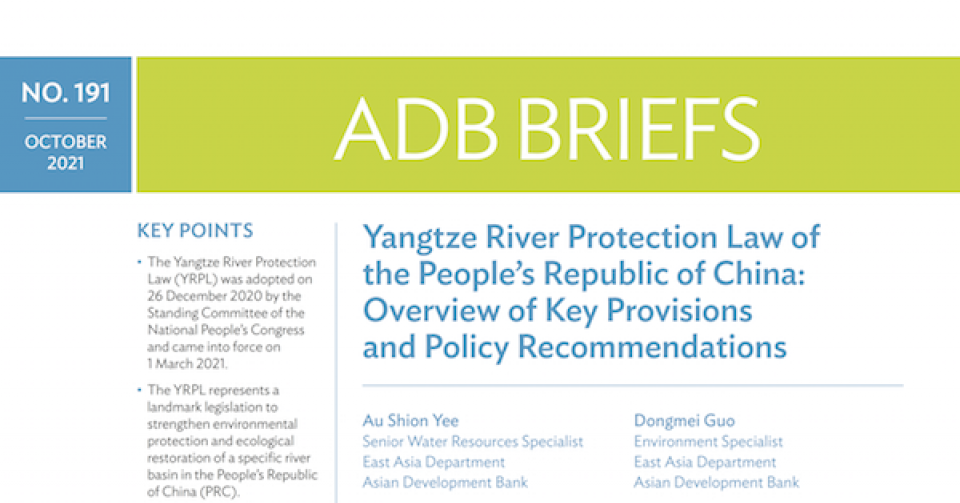
Effective Time
On March 1, 2021, the Yangtze River Protection Law officially came into force.
Objective
To improve the ecological protection and restoration of the Yangtze River Basin, promote the rational and efficient use of resources, ensure ecological safety, and achieve the harmonious co-existence of people, nature and sustainable development, the newly published Yangtze River Protection Law will form a strong mechanism to protect the Yangtze River, China’s “Mother River.” The overall aim of the YRPL is to protect China’s longest river by strengthening its ecological protection and restoration as well as promoting the efficient use of its water resources.
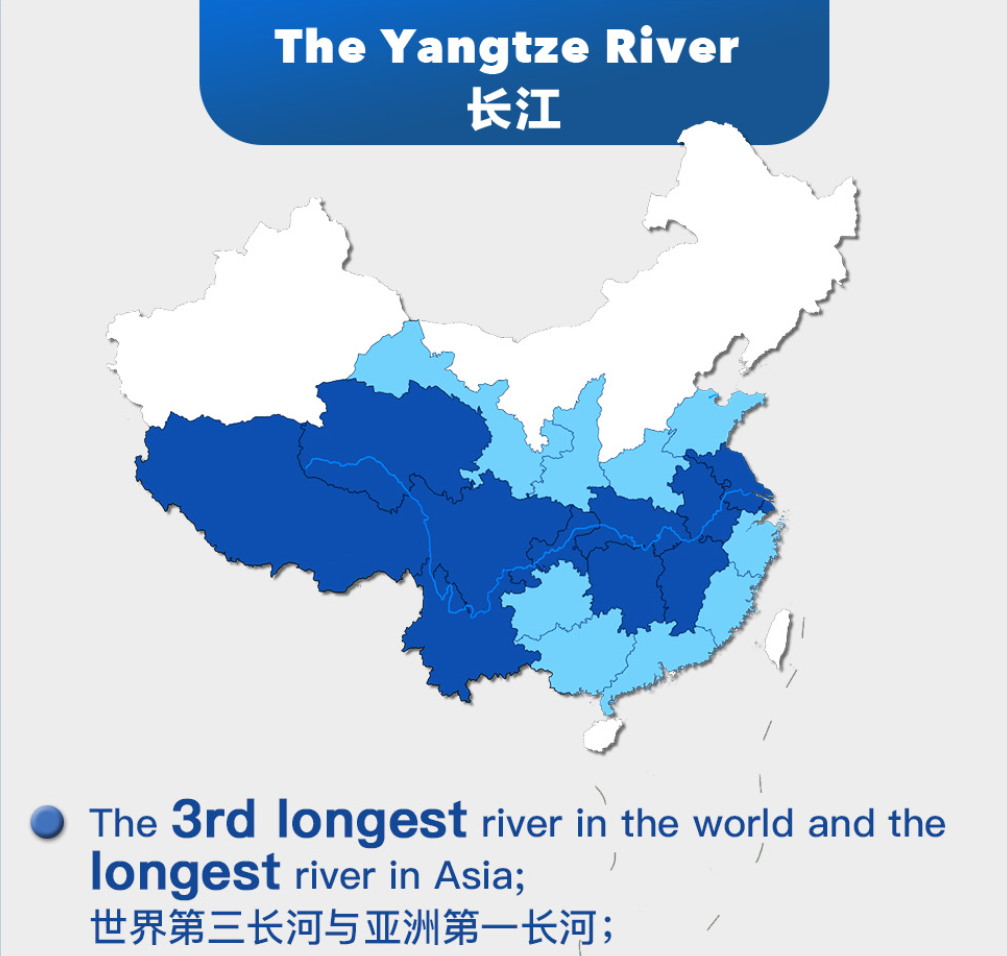
How it works
-
Aquatic organisms
The Yangtze River Protection Law proposes the Transportation Department of the State Council, together with the departments of natural resources, water administration, ecological environment, agriculture and rural areas, and forestry and grassland shall scientifically establish areas in critical habitats for aquatic life that are forbidden and restricted from navigation.
The law prohibits ships from navigating within the designated non-navigable areas without authorization. For China’s national development strategy, as well as the needs of the economy and social welfare, only consultation and agreement between the State Council’s departments of transportation and of agriculture and rural areas shall allow navigation in prohibited areas with important habitats for aquatic life, and necessary measures shall be taken to reduce interference to aquatic life.
Ma Yi, director of the Yangtze River Office of the Ministry of Agriculture and Rural Affairs, said in accordance with the requirements of the Yangtze River Protection Law, the Ministry of Agriculture and Rural Affairs, together with relevant departments of local governments alongside the river, established a sound biodiversity protection standard system, made plans for protecting precious and endangered aquatic wild animals and plants, strengthened the protection of habitats of aquatic animals, prohibited fishing of natural fishery resources, and ensured violations of law and regulations will be punished. The Ministry of Agriculture and Rural Affairs said it will work with relevant departments and local governments to fully implement the requirements of protecting the Yangtze River’s aquatic life and the rescue plan for rare and endangered species. The ministry and relevant departments will also improve the long-term protection and management mechanism of river protection, and expedite the enactment of the Regulations on the Protection and Management of the Yangtze River Aquatic Organisms.
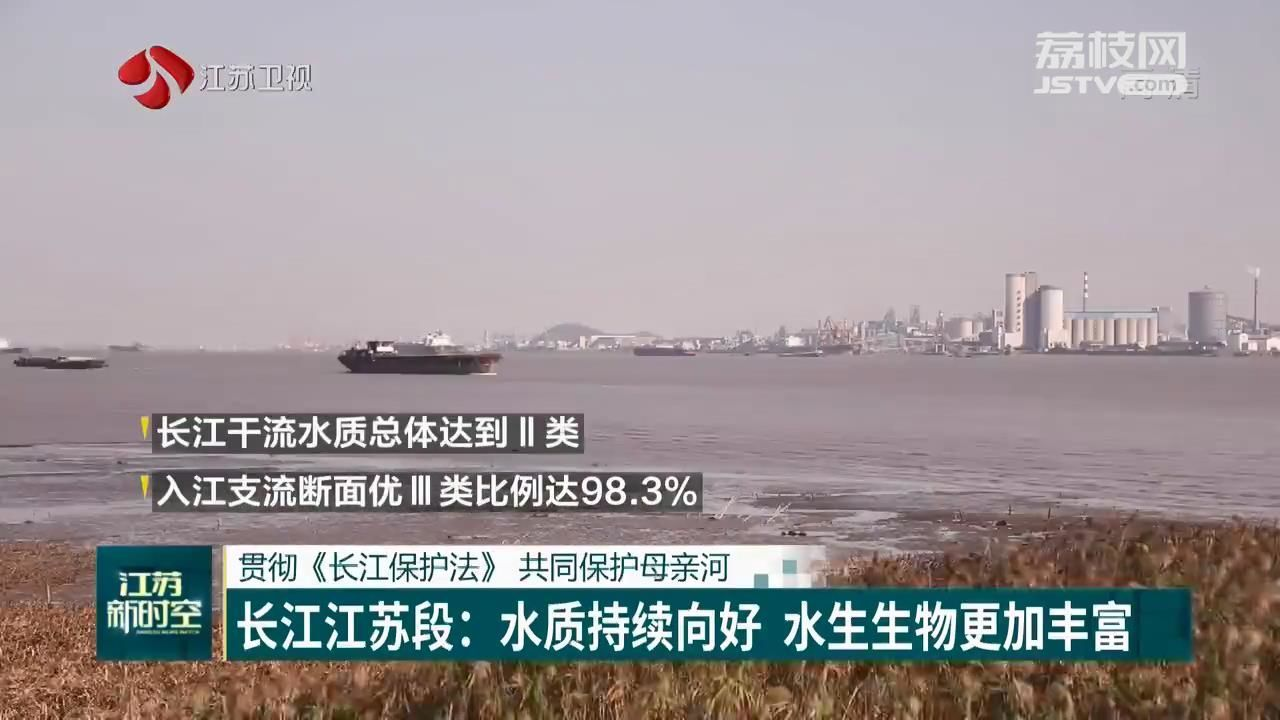
-
Fishing ban
The Yangtze River Protection Law proposes the state should implement strict fish management policies in key waters of the Yangtze River Basin. In the Yangtze River Basin Aquatic Life Reserve, fishing is completely prohibited; within the time limit stipulated by the state, the main stream and important tributaries of the Yangtze River, large lakes, the designated area of the Yangtze River estuary, and other key waters are to complete the prohibition of exploiting natural fishery resources. The agricultural and rural authorities of the State Council, together with relevant departments of the provincial people’s governments in the Yangtze River Basin, have strengthened the enforcement fishing bans in the Yangtze River Basin, and investigated and handled practices that damage fishery resources and the environment, such as electrocution fishing, fish poisoning and blast fishing. Local governments at or above the county level in the Yangtze River Basin shall, in accordance with relevant state regulations, effectively handle compensation, and provide new work opportunities and social security for fishery workers who made a living fishing in key waters of the Yangtze River Basin.
Ma said the ecological environment of the Yangtze River Basin has been severely damaged, leading to the functional extinction of Chinese river dolphins, white sturgeons and shads. Chinese sturgeons, Yangtze sturgeons and Yangtze finless proposes are extremely endangered; rare and endemic species are in full decline, and economic fish resources are nearly exhausted. To solve the problem of “no fish” in the river, the Yangtze River Protection Law proposes a series of measures such as the establishment of a river basin coordination mechanism, strict planning and control, standardising resource utilisation, preventing water pollution, promoting water ecological restoration and encouraging green development.
-
Control on sand mining
The Yangtze River Protection Law also establishes a sand mining planning and permit system. Sand mining projects along the Yangtze River Basin shall first obtain permission from the State Council’s Water Administrative Department’s relevant river basin management agency or the water administrative department of the local governments at or above the county level. The relevant river basin management agencies of the Water Administrative Department of the State Council and the local governments at or above the county level in the Yangtze River Basin shall set sand mining areas and periods of sand mining, as well as strictly control sand mining areas, the total quantity of sand mining, and sand mining vessels in the designated sand mining areas. The law forbids sand mining activities in areas where and when sand mining is prohibited in the Yangtze River Basin.
Zhou Jinfeng, Secretary-General of the China Green Development Council, said sand mining has seriously damaged the aquatic ecology and impacted the Yangtze River’s biodiversity, especially benthic organisms. Secondly, sand mining changes the natural hydrological characteristics and can contribute to flooding. Sand mining has intensified the erosion of water, and even collapsed the embankment, affecting the safety of flood discharge operations.
Chen Dongming, deputy director of the Policy and Regulations Department of the Ministry of Water Resources, said the Ministry of Water Resources will work with relevant departments and local governments in regions along the river to formulate and promulgate the Riverway Sand Mining Management Regulations, strictly implement the licensing system and continue to carry out joint law enforcement against illegal sand mining.

-
Flood prevention
The Yangtze River Protection Law proposes that relevant departments of the State Council and local people’s governments at all levels in the Yangtze River Basin should speed up the danger-removal and reinforcement projects of dangerous reservoirs, promote the construction of dikes and flood storage areas, raise the standard of flood prevention projects, and strengthen the joint dispatch of water projects. River and sediment observation and river regime investigation will be required. Flood prevention, disaster mitigation engineering and non-engineering systems must be compatible with socioeconomic development and the overall ability to prevent floods and droughts must be improved.
Chen said the Ministry of Water Resources will strengthen the construction of the Yangtze River flood control system, speed up danger removal, reinforce dangerous reservoirs, construct dikes and flood storage areas, strengthen river regime control and comprehensive river management, and improve flood disaster prevention engineering standards. It is critical to construct of a strong comprehensive monitoring station network based on the hydrological station network, optimise the layout of such network, and strengthen river sediment observation, hydrological and rain monitoring, forecasting and early warning systems. Optimising joint operation of the mainsteam and tributary control water projects with the Three Gorges Reservoir is the key.
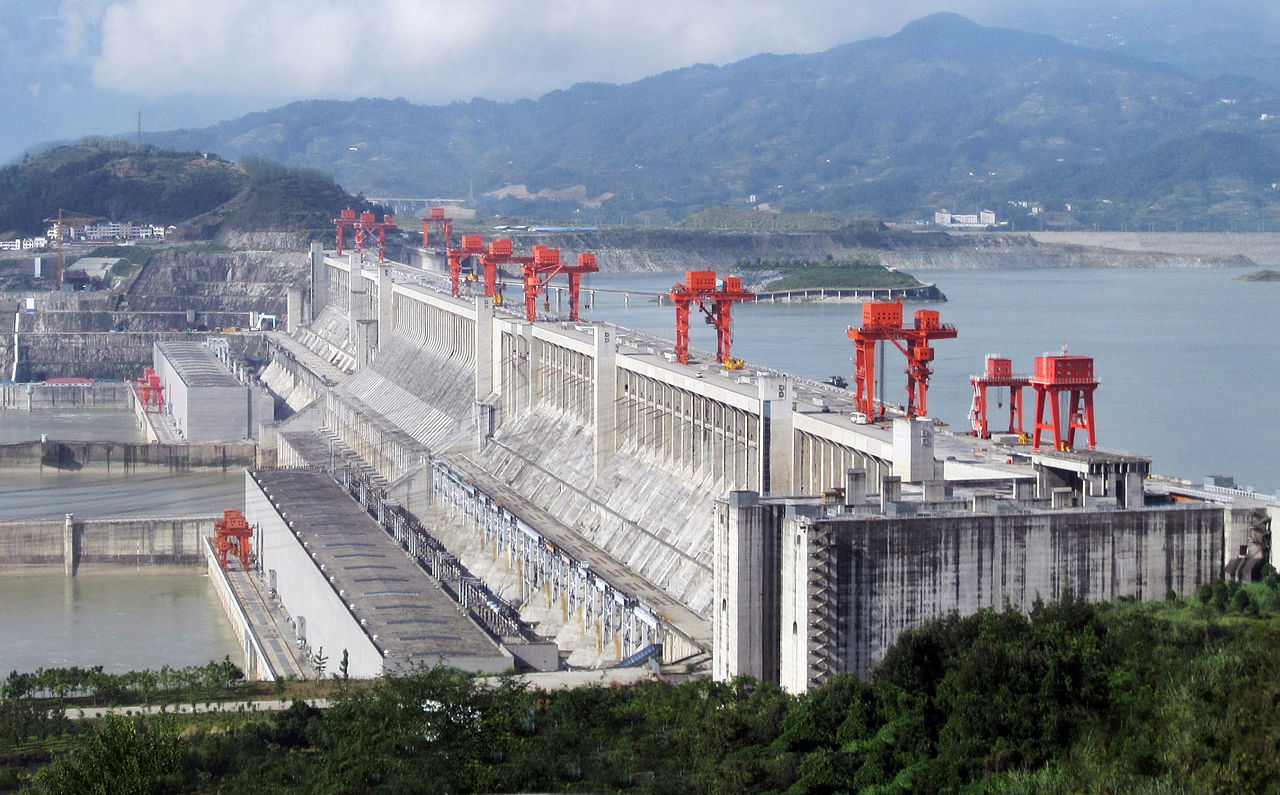
-
Pollution prevention
The Yangtze River Protection Law proposes provincial governments in the Yangtze River Basin should supplement the formulation of local water pollutants for certain industries and specific pollutants that do not have national water pollutant discharge standards, or specific water pollution sources or water pollutants specifically required by the state. Emission standards shall be reported to departments of ecological environment under the State Council.
Phosphate rock, phosphate fertiliser, phosphorus chemical industry and related tailings are all prominent problems in the Yangtze River Basin. Restrictive regulations and related penalties are in place to address the illegal transfer and dumping of hazardous waste across administrative regions that has been prominent in the Yangtze River Basin in recent years. It is necessary to investigate and assess the potential environmental risks of key pollution sources affecting groundwater, strictly control the transportation of hazardous chemicals in the Yangtze River Basin, and propose requirements for local areas to make stricter ecological and environmental protection standards.
The Yangtze River Protection Law imposes more severe penalties on the basis of the existing Water Pollution Prevention and Control Law for illegal acts involving phosphorous and other illegal discharges. In addition to the increased number of punitive fines, new forms of penalties are proposed, including prohibiting the construction of chemical projects and industry parks, and newly renovated and expanded tailings ponds. Violators shall be reported to the government, published with a fine of up to five million RMB, and have their operations shut down.
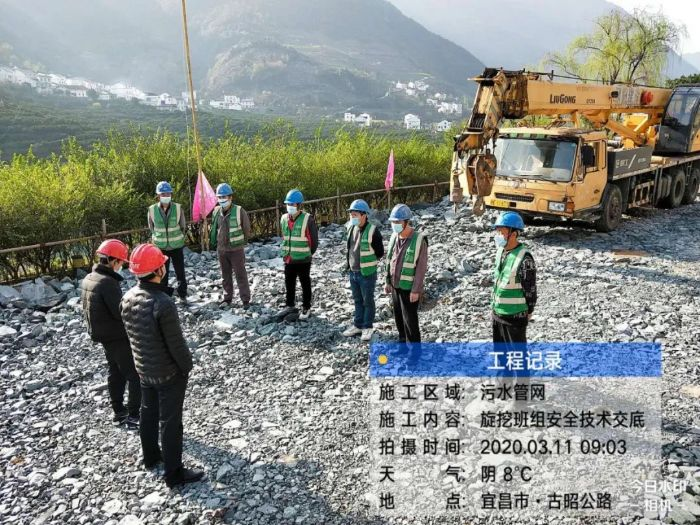
-
Water quality improvement
The Yangtze River Protection Law proposes the state must strengthen the protection of drinking water sources in the Yangtze River Basin. The Water Administrative Department of the State Council, with relevant departments of the State Council, makes a directory of drinking water sources in the Yangtze River Basin. Water administrative departments of the governments at the provincial level in the Yangtze River Basin, with the relevant departments at the same level, in turn makes a list of other drinking water sources in the administrative area. The local governments at or above the county level in the Yangtze River Basin and their relevant departments shall organise drinking water resources. The local governments at the county level or above in the Danjiangkou Reservoir Area and its upstream locations shall designate water quality impact control areas and water conservation ecological construction areas, and strengthen the overall protection of the natural environment, enhance water conservation capacity, and make sure water quality is up to code.
Bie said for the first time, the water quality of the main stream of the Yangtze River Basin has improved, reaching Grade II from the previous Grade V. But some problems still stand, said Bie. For example, the task of treating urban and industrial pollution is still onerous. The environmental infrastructure is poor in some parts, and the effectiveness of pollution reduction is still uncertain. Water pollution treatment must be further consolidated and the prevention and control of agricultural nonpoint source pollution needs an urgent breakthrough.
-
Restoration
The Yangtze River Protection Law proposes the state must implement systematic governance of the Yangtze River Basin ecosystem focusing on natural restoration but also combining natural restoration with artificial restoration. The Department of Natural Resources of the State Council, with relevant departments of the State Council, shall prepare the ecological restoration plan for the Yangtze River Basin, organise the implementation of major ecological restoration projects and coordinate the advancement of ecological restoration projects.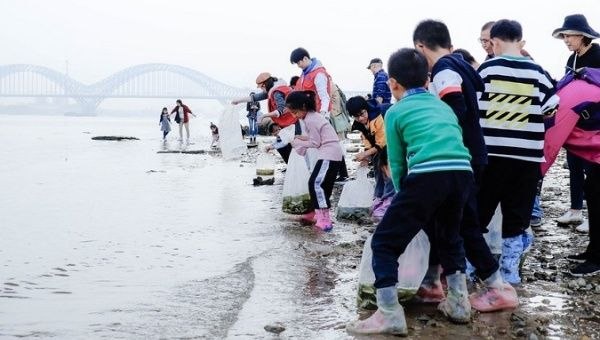
Wei Lihua, director of the Department of Regulations of the Ministry of Natural Resources, explained the Yangtze River Protection Law has special sections which clearly stipulate an ecological protection and restoration system of the Yangtze River Basin centred around natural restoration and following the principle of compatibility of both natural restoration and artificial restoration.
The Ministry of Natural Resources will research ecological protection and restoration of the Yangtze River Basin through investigating the foundation of and changes in the natural environment. Research of the water balance in the Yangtze River’s upper and lower reaches will also be conducted. The Ministry of Natural Resources will work with relevant departments to draft the Yangtze River Basin ecological restoration plan, and organise the implementation of major ecological restoration projects according to the plan.
“Because ecological restoration is a very expensive project, funding from the state should be used where needed through appropriate planning,” Wei Lihua said.
Effects as River Law
As China’s first granting the river legal rights, the Yangtze River Protection Law is a major game-changer addressing the inability of various institutions to agree on the river’s protection. At the same time, it puts forward new requirements for maintaining the Yangtze River’s biodiversity, water treatment, flood control, disaster relief and ecological restoration.
The Yangtze River Protection Law is China’s first river law. Bie Tao, Director of the Department of Regulations and Standards of the Ministry of Ecology and Environment, explained that while the Yangtze River Protection Law has a close relationship to the Water Pollution Prevention and Control Law, Water Law, Waterway Law and other related laws, it has different areas of focus compared to those laws. The Yangtze River Protection Law does not affect the application of other Yangtze River-related laws. It focuses on solving problems in key areas that are not covered by other previous laws and regulations but also impact protection, pollution prevention and restoration of the Yangtze River Basin.
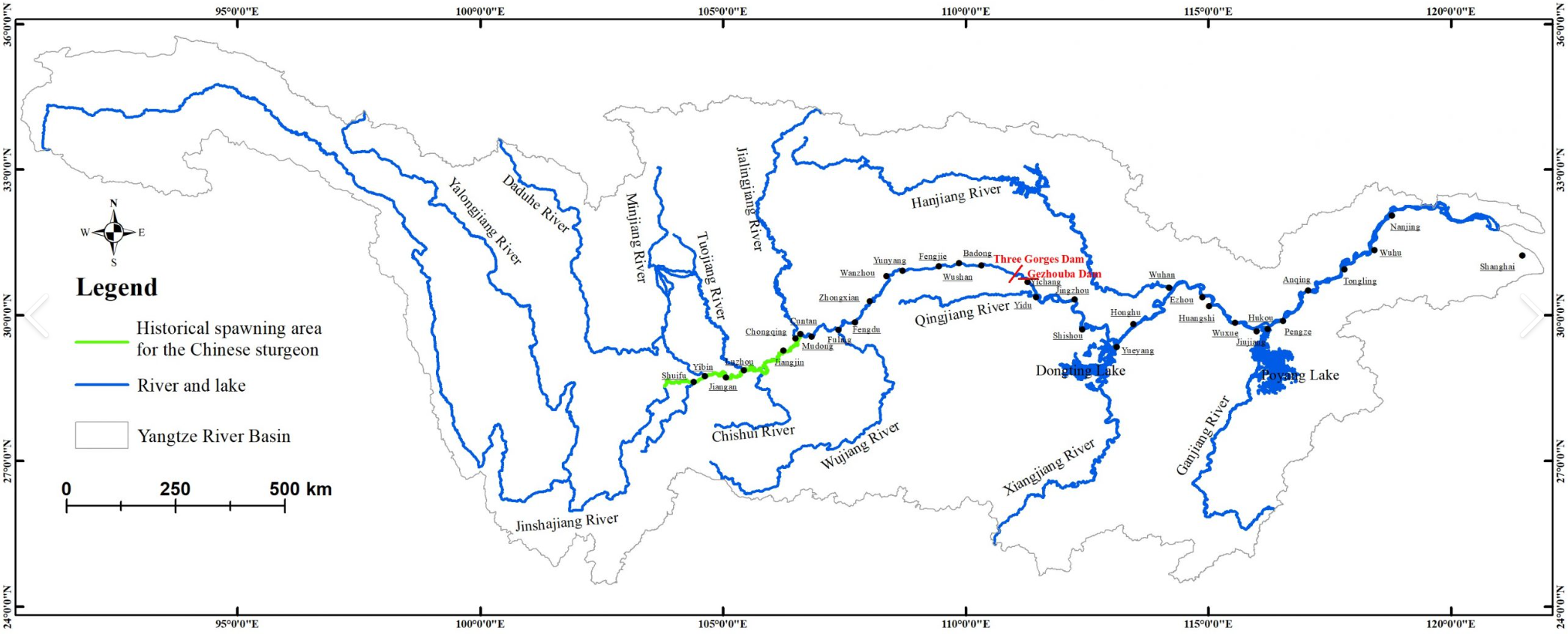
The law covers the overall planning of land resources, allocation of water resources, resources protection, harnessing water pollution, rehabilitation of ecology, overall development, upgrading and transformation of traditional industries, and legal responsibility.
It symbolizes not only the first law governing a major river valley of China, but also the rule-based planning, environment protection and green development of the whole Yangtze River Basin, which covers 11 provinces and municipalities and accounts for close to half of the nation's economy. It is also a fundamental legal guarantee for China implementing its commitments to the Paris Climate Accord, to reach peak CO2 emissions by 2030 and hit carbon neutrality by 2060.
The YRPL offers many opportunities. Aiming to addressing water resources management and the sustainable development of the Yangtze River basin by cutting across, the YRPL can strengthen China’s “ecological civilisation” and green development policies.



